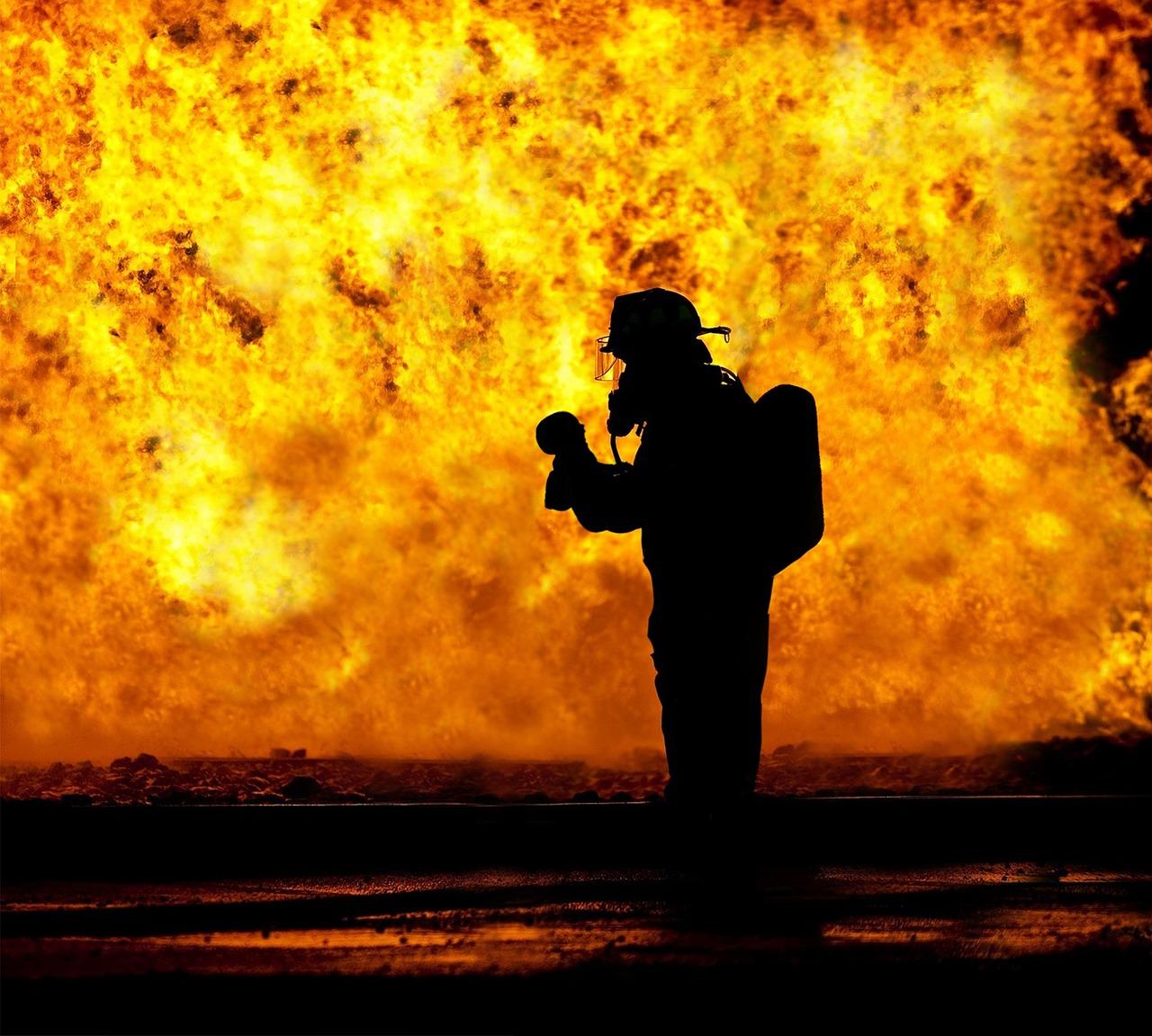Municipal Implications
The Ministry of the Solicitor General has introduced regulations to establish mandatory certification requirements for fire protection services. The regulation mandates a standardized approach to firefighter training to protect firefighters and promote public safety while providing flexibility for the local needs and service levels of municipalities across Ontario. The regulations include legacy provisions which will reduce the need to retrain adequately trained firefighters.
In principle, certification is a step in the right direction. Municipal governments are supportive of efforts to modernize and enhance the competence of the fire services. A balanced, reasonable, and achievable certification process is better for firefighters and councils and may potentially reduce risk and liability in certain areas. AMO understands that the Ontario Seal certification would provide flexibility based on basic National Fire Protection Association (NFPA) professional qualification standards without requiring NFPA certification. To that end, the Ontario Seal is an improved certification approach compared to earlier regulations revoked in 2019.
Legacy provisions are very important to ensure that municipalities are not burdened with unnecessary costs for retraining firefighters who have been adequately trained to the level of service set by Council. AMO is pleased to see they are included. But such provisions must also include measures which attract and retain volunteer firefighters to serve within their communities.
Additional training measures and certification must not serve as an added impediment for those who wish to volunteer as firefighters. Full-time firefighters simply are not an option for most small, rural, and northern municipalities. The Ministry must propose measures which assist and support volunteer recruitment and composite fire services.
The certification process includes municipal councils setting the level of service for their department. The certification standard is based on the level of service a municipality seeks to provide. The standard variances include internal versus external attack, pump operator, hazardous materials, and vehicle extraction. Each of these activities include differences in training and standards to match. Firefighters would then be required to be trained to that standard and the Office of the Fire Marshal would then test firefighters to ensure the standard is met. Certification would follow.
AMO members and fire chiefs have advised that the Ontario certification process will create additional training and new cost pressures on fire services. AMO seeks financial support from the Ministry during implementation. The level of support necessary should be based on evidence from fire chiefs including detailed training needs and expected impacts.




